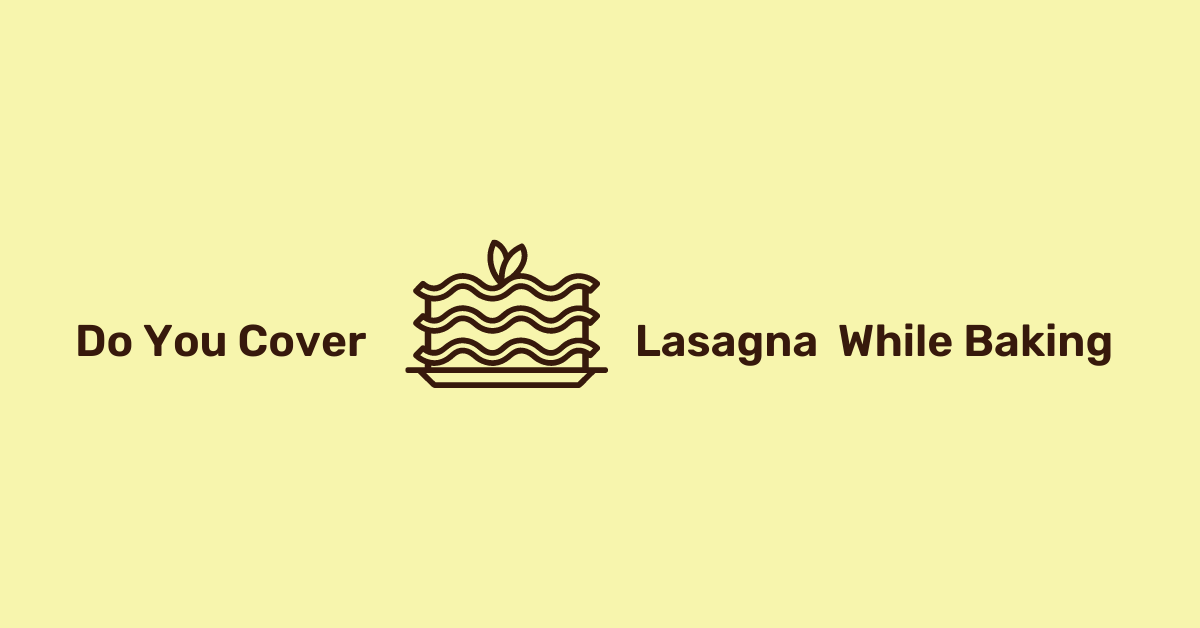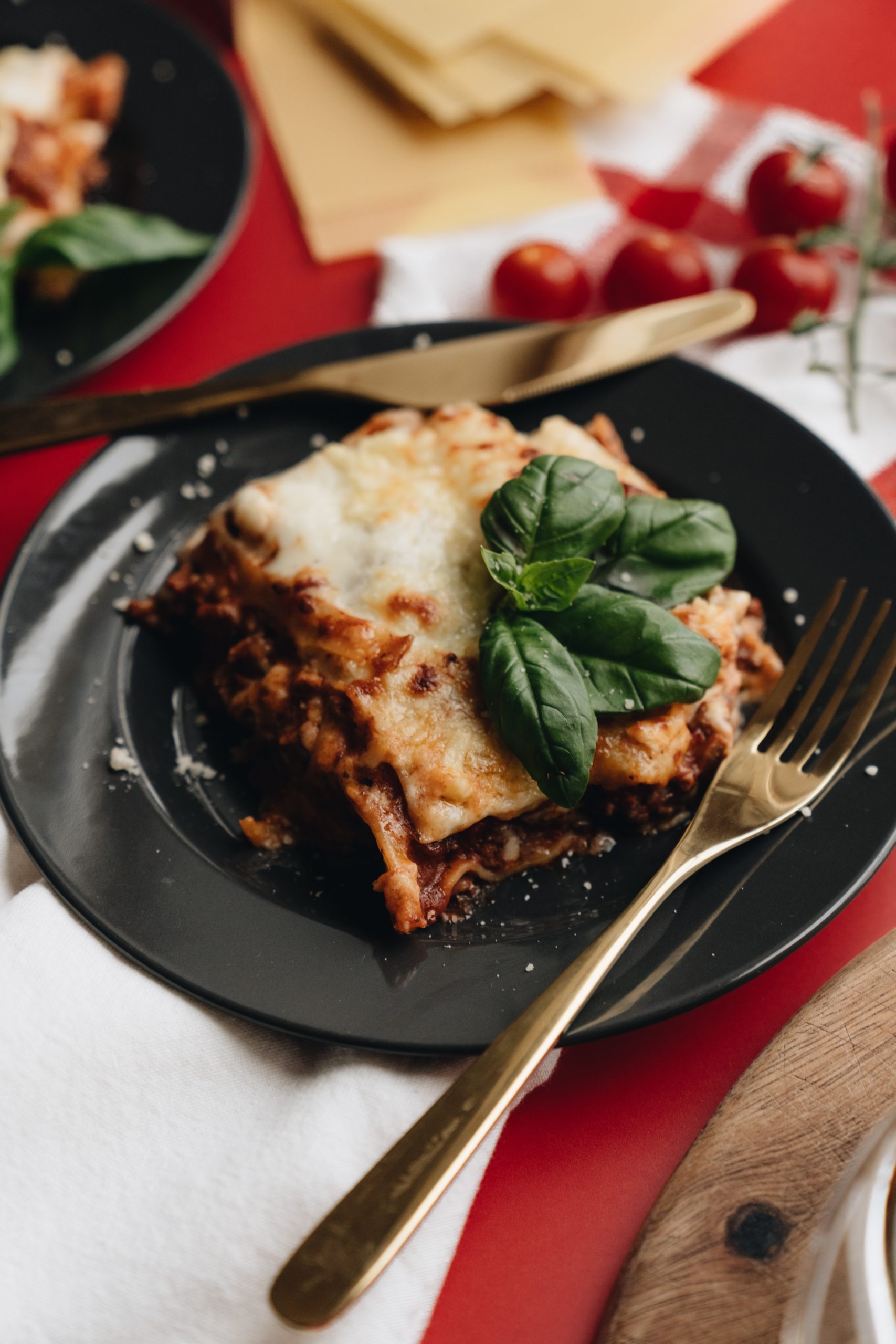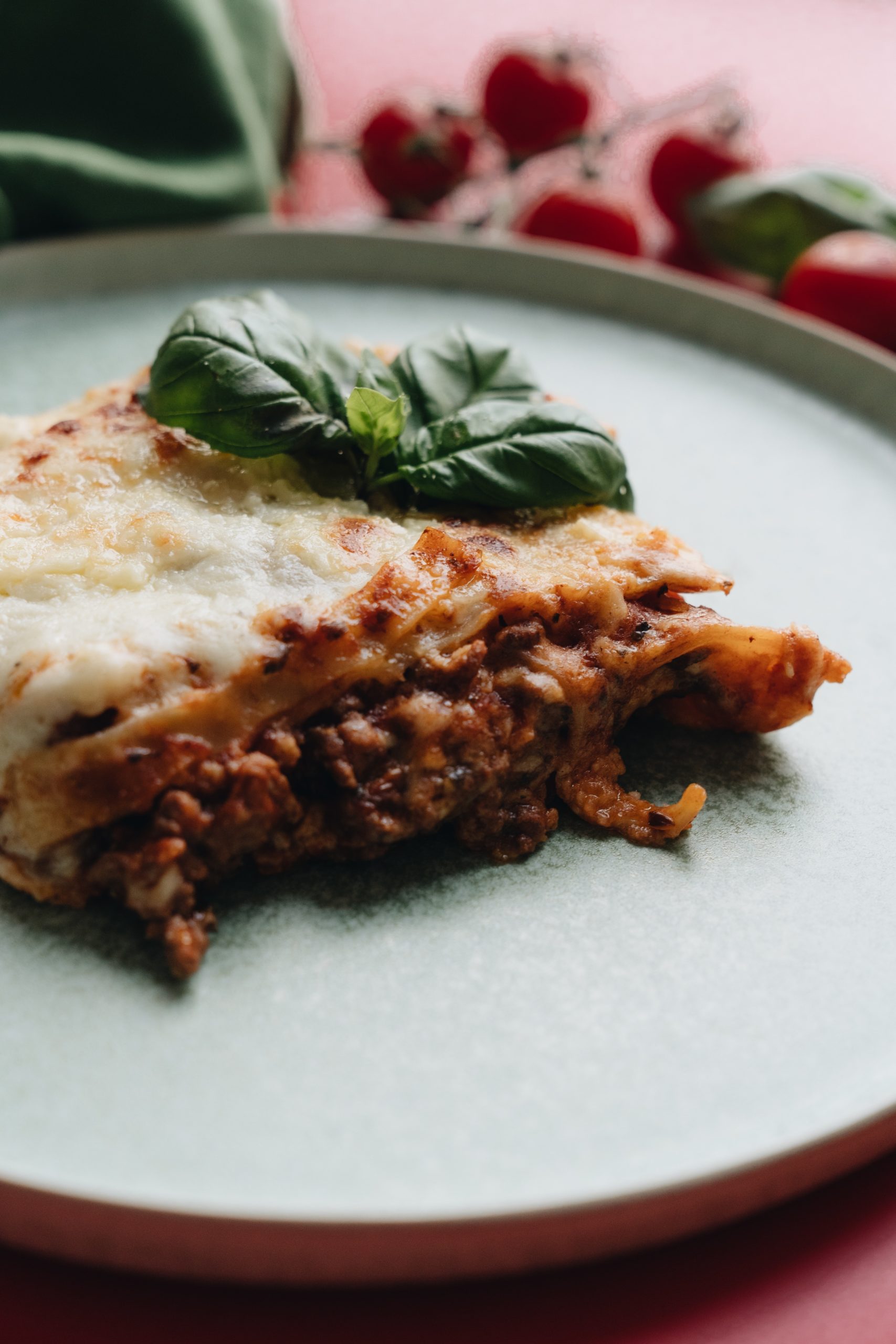Do You Cover Lasagna While Baking?

Whether it’s a fancy dinner with friends or a casual lunch for the family, a well-baked, cheesy, and aromatic lasagna is always a good idea. But making this delicious dish isn’t a piece of cake, or in this case lasagna. If you bake it incorrectly you could end up with a chewy, dry, or undercooked crust. So we want to know, do you cover lasagna while baking?
It turns out most chefs recommend covering the lasagna while baking it to prevent it from becoming too dry. But what can you use as a cover? And what are some tips to keep in mind while baking your next lasagna? We’ve got the answers to all that and more.
How to Cover Lasagna While Baking?
A question you might be asking is, do you bake lasagna covered or uncovered? When baking lasagna, covering the dish will ensure it will yield the best results. The lasagna has a better chance to retain moisture if it’s covered. In fact, you’ve probably seen family or friends use aluminum foil to cover dishes while baking them. If that’s the norm, then do you have to cover lasagna with foil when baking?
Not necessarily. Although foil is still the preferred method for covering lasagna in many households and restaurants, it isn’t your only choice. The primary goal of covering your dish is to keep the lasagna moist. In this case, you can use any oven-safe, food-safe, or heatproof material as a cover. Silicone, parchment paper, or an oven-safe lid are all great options.
Moreover, you also don’t have to keep the lasagna covered the entire time it’s being baked. After baking it for about 40-45 minutes at 375° F, uncover it for 10 more minutes to let the cheese melt and create a golden crispy top.

How Do You Keep Foil From Sticking to Lasagna?
So do you cover lasagna with foil when baking? Yes, you absolutely can. However, a problem you might encounter is having the foil stick to the top layer of the lasagna. If the foil is stretched just enough to cover the pan, then the tasty and crusty cheese will most likely come off with it, ruining the best part of the dish.
Fortunately, there are two ways to avoid this:
- Parchment Paper: Cover the lasagna with parchment paper, then put the foil on top of the paper. The parchment paper will act as a buffer between the lasagna and the foil, ensuring that the cheesy layer won’t rip off the top of your dish. You could also simply use parchment paper without foil.
- Non-Stick Oil: Spray one side of the foil with a non-stick oil or spray. Place the side with oil on top of the dish and bake your lasagna as you normally would. The oil will prevent any sticking from occurring, and you’ll have that mouthwatering cheese crust every time.
If you follow either of these methods, you’ll never have to worry about foil sticking to your lasagna ever again.
Tips to Keep in Mind for Baking a Tasty Lasagna
There are a few ways to bake a savory dish of lasagna. Before you get started, we decided to share some essential tips that will have you cooking your best lasagna yet.
Undercook the Boiled Noodles
If you’re boiling traditional lasagna pasta, make sure you slightly undercook the noodles. Keep in mind that the noodles will also cook further when you place it in the oven. Overcooking the pasta while boiling it will make your noodles mushy in the oven, which will ruin your dish.
Never Put Pasta at the Base of the Baking Pan
When it comes to lasagna, layering is an art form. You should know which element of the dish goes where and pasta definitely doesn’t go at the bottom. Placing pasta at the bottom of the pan can make it stick and slightly burn the lasagna. Instead, start layering with a generous amount of marinara sauce, or any other sauce you’re using. This will keep your lasagna moist and prevent it from sticking to the base of the pan.
Try Using a Crock-Pot for Your Lasagna
If you don’t have an oven or don’t want to bake your lasagna traditionally, cooking it in a crockpot is also an option.
In order to do this, you would layer your lasagna just like you would for baking – base the pan with the sauce, then pasta, followed by the cheese. Repeat these steps until it reaches the top of the crockpot. After this, close the crockpot, set it to low, and let it cook for 4-6 hours. If you plan on changing the serving size of the lasagna, make sure to adjust the recipe to proportionally fit the crockpot you’re using.
How to Keep Your Lasagna Moist
Covering your lasagna allows for the dish to maintain its moisture and not dry out when baking. To keep your lasagna moist, you can increase the amount of cheese between the layers, and on top.

How to Reheat Lasagna
- When you’re reheating frozen lasagna in the oven, it’s crucial to thaw it well before starting to cook it. Even when reheating, cover the frozen lasagna to prevent it from drying. Do not keep the temperature above 350 Fahrenheit.
- If you’re using a microwave to reheat your frozen lasagna, you should first set it to defrost mode. If your microwave doesn’t have that feature, you should thaw the lasagna at room temperature before heating it up. Monitor it carefully (once every minute is fine) to prevent it from burning.
- Reheating lasagna often dries it out. To avoid having a chewy, dry top add some water to the top layer to keep the lasagna moist.
So do you cover lasagna while baking? Whether you’re freshly baking a lasagna or reheating it, covering it is necessary. Using foil to cover your lasagna isn’t mandatory, as long as you’re able to conceal it with a suitable cover. If you try baking your lasagna with different covers, make sure to keep track of the results using Morsel. With our software, you can keep your recipes up to date and share your delicious lasagna with friends and family.

Aida Solomon is a digital marketing specialist who’s passionate about bringing her creative ideas to life. As an avid homecook, Aida loves to explore the way food has the power of bridging the world together. When she’s offline, she loves to travel through new recipes, and run long distances — paying homage to her Ethiopian roots.
